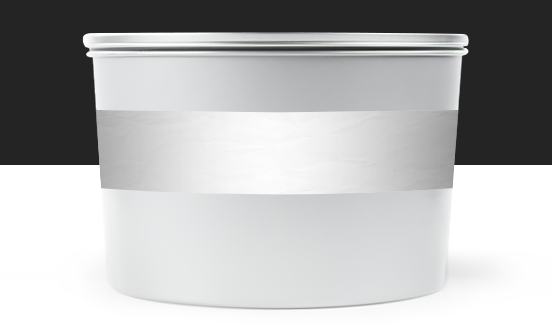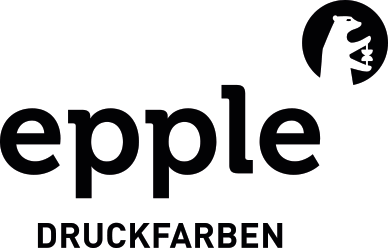Special Process Inks
Foil Series
Two novel types of foil series with evidently improved and accelerated drying.

Foil Series

Appropriated for the printing on non-absorbing substrates such as imitation Chromolux, Acetate foil, adhesive paper etc.
Fastnesses Standard Series
| Item no. | Light | Transp. | Spirit | Nitro | Alcali | |
|---|---|---|---|---|---|---|
| Foil-Euro Y | 69385 | 5 | + | + | + | + |
| Foil-Euro M | 69386 | 5 | + | + | + | − |
| Foil-Euro C | 69387 | 8 | + | + | + | + |
| Foil-Euro K | 51345 | 8 | − | + | + | + |
+ properties given − properties not given
Foil Series with Higher Fastnesses
| Item no. | Light | Transp. | Spirit | Nitro | Alcali | |
|---|---|---|---|---|---|---|
| Foil-Euro Y | 67844 | 6 | + | + | + | + |
| Foil-Euro M | 67845 | 6 – 7 | + | + | + | + |
| Foil-Euro C | 67846 | 8 | + | + | + | + |
| Foil-Euro K | 51281 | 8 | − | + | + | + |
+ properties given − properties not given
Foil series is not duct fresh. Furthermore a Foil Covering white for covering on transparent substrates is available.
Foil-Covering White: 68611
We are also able to supply, on demand and in reasonable quantities, the basic colours of our colour book in foil quality.
Application
| Type/Name | Quantity | Properties |
|---|---|---|
| Isopropyl alcohol | up to 5 % | improves the wettability, negligible modification of the ph-value |
| Grafo-Drier | 1 – 3 % | improves the through drying |
The fountain solution should not be in the acid range. The best results are achieved with a ph-value between 5.3 and 5.5. Run the fountain solution close to the smearing point, too much fountain solution considerably slows down the drying.
Additives:
The inks are manufactured ready to print and are printable out of the tin. If necessary only add mineral oil free additives and take care of the correct dosage.
Following additives can be used:
| White | 210 |
| Printing oil | 071 |
| Aqua Sic | 473 |
| Transparent White | 68161 |
Spray powder:
For the use of spray powder we recommend normal dosage and coarse grain on mineral basis such as Spray powder K4/20-30. Especially with non-absorbent substrates an unstable color/water balance has in impact. Therefore special attention to the correct ink/water balance must be paid.

